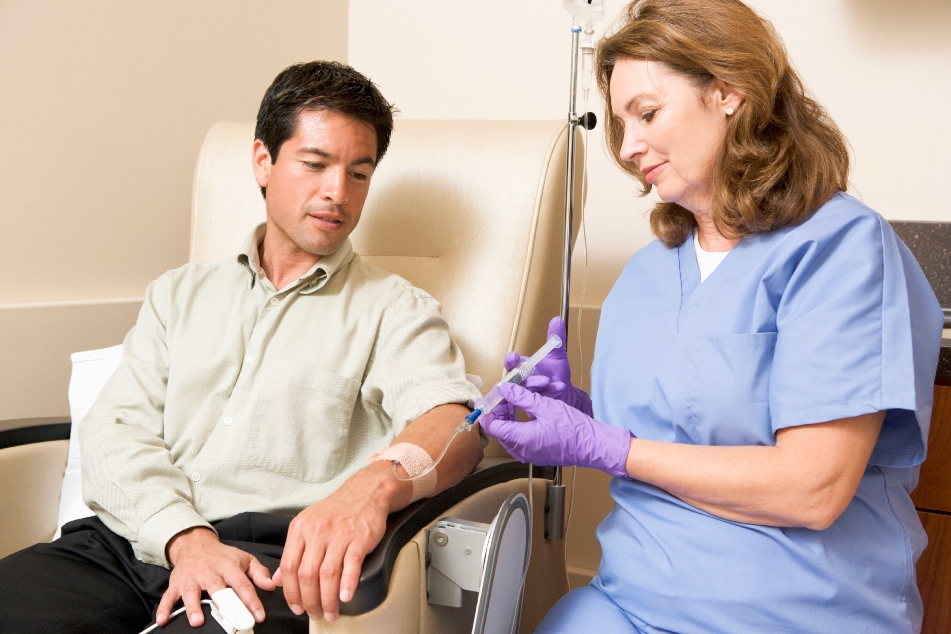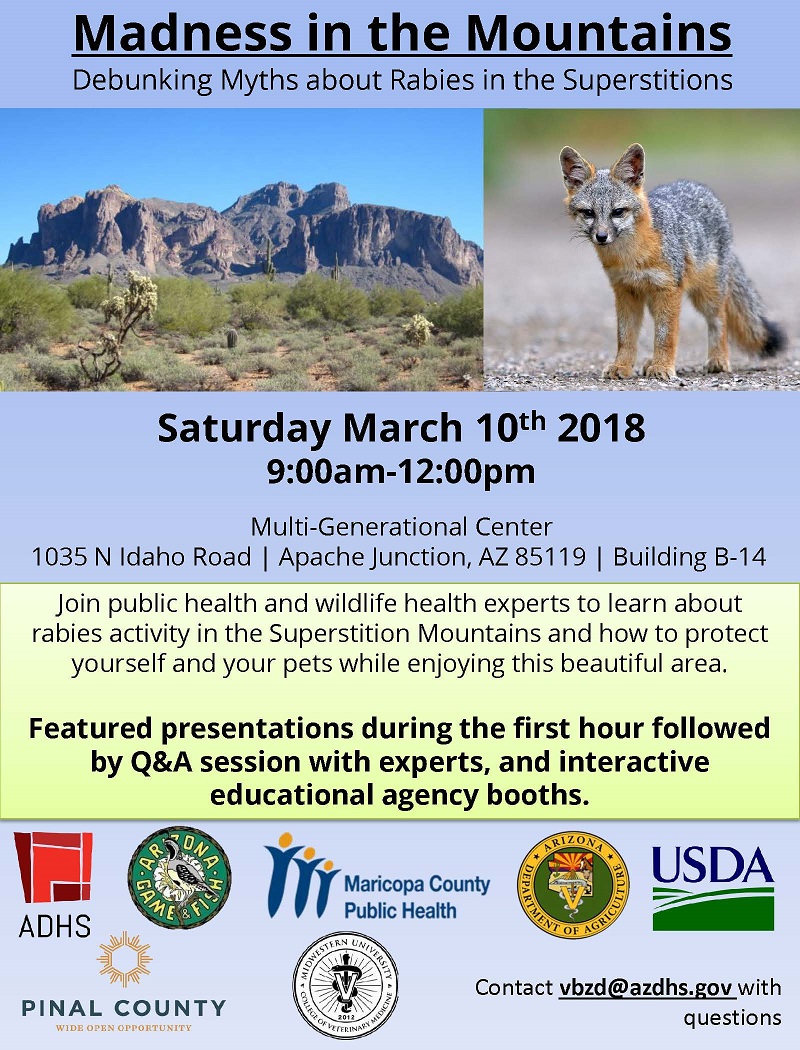Needle Injuries at Work: Protect Yourself and Your Coworkers
 When you work in public health, you know it’s scary to get stuck by a needle in a trashcan, bathroom or another unexpected place. While needles and syringes are used for the medical treatment of multiple conditions such as arthritis, psoriasis, diabetes, and cancer, there is always the fear that a discarded […]
When you work in public health, you know it’s scary to get stuck by a needle in a trashcan, bathroom or another unexpected place. While needles and syringes are used for the medical treatment of multiple conditions such as arthritis, psoriasis, diabetes, and cancer, there is always the fear that a discarded […]
Sugar-Sweetened Beverages and Our Kids
 For years, it has been recommended that everyone consume less sugar. New information from the Centers for Disease Control and Prevention gives a clear picture of just how much sugar our kids are getting from sugar-sweetened beverages. Almost two-thirds of the young ones and teens (ages 2 through 19 years) […]
For years, it has been recommended that everyone consume less sugar. New information from the Centers for Disease Control and Prevention gives a clear picture of just how much sugar our kids are getting from sugar-sweetened beverages. Almost two-thirds of the young ones and teens (ages 2 through 19 years) […]
Take Steps to Lower Your Risk for Heart Disease
 A top priority for our department is to develop prevention programs, services and public education campaigns that help Arizona families make choices that will improve their health and wellness. A major focus of many of our initiatives is preventing heart disease. Heart disease is the leading cause of death for […]
A top priority for our department is to develop prevention programs, services and public education campaigns that help Arizona families make choices that will improve their health and wellness. A major focus of many of our initiatives is preventing heart disease. Heart disease is the leading cause of death for […]
Anatomy of a Foodborne Disease Outbreak Investigation
 Public health is always hard at work identifying and solving outbreaks. In the case of foodborne diseases, public health epidemiologists, nurses, and lab scientists are teaming up at local, state and federal levels to find out what food made people sick.
Public health is always hard at work identifying and solving outbreaks. In the case of foodborne diseases, public health epidemiologists, nurses, and lab scientists are teaming up at local, state and federal levels to find out what food made people sick.
When two or more people with the same foodborne disease get […]
Sharing Information about the State of Infectious Disease in Arizona
 Our Healthcare-Associated Infections (HAI) program works with various partners to improve patient safety across Arizona. On January 20th, the HAI program collaborated with the local Association for Professionals in Infection Control and Epidemiology Grand Canyon Chapter (APIC) to host their annual State of the State meeting. This event took place at Health […]
Our Healthcare-Associated Infections (HAI) program works with various partners to improve patient safety across Arizona. On January 20th, the HAI program collaborated with the local Association for Professionals in Infection Control and Epidemiology Grand Canyon Chapter (APIC) to host their annual State of the State meeting. This event took place at Health […]
ADHS Lead Program Rings in the New Year with a New Surveillance System
In Arizona, healthcare providers identify hundreds of children each year with elevated blood lead levels, which our Childhood Lead Poisoning Prevention Program (CLPPP) monitors. Although there is no safe blood lead level, interventions are initiated at blood lead levels ≥ 5 µg/dL, the CDC reference value. When a child is identified with elevated blood lead levels, CLPPP will coordinate […]













